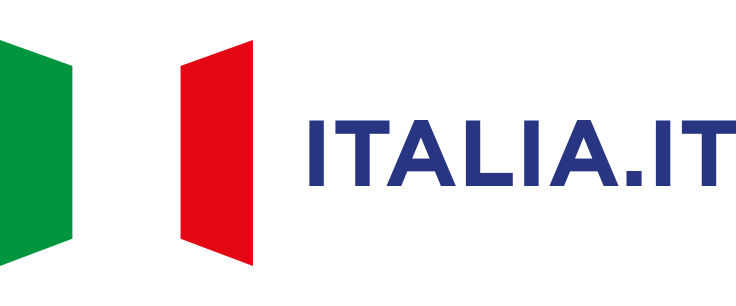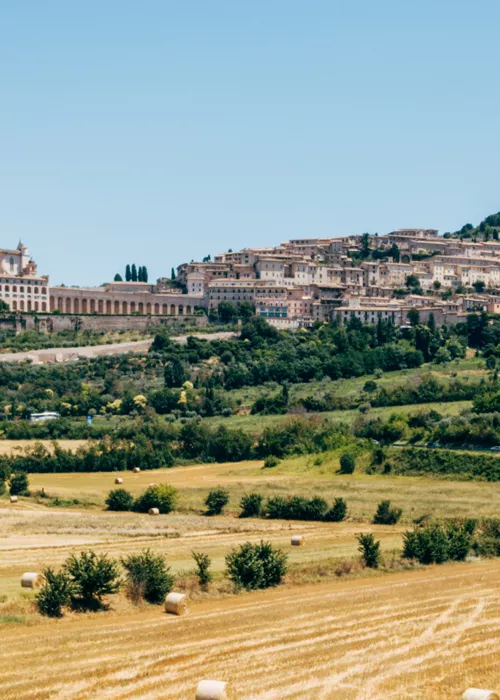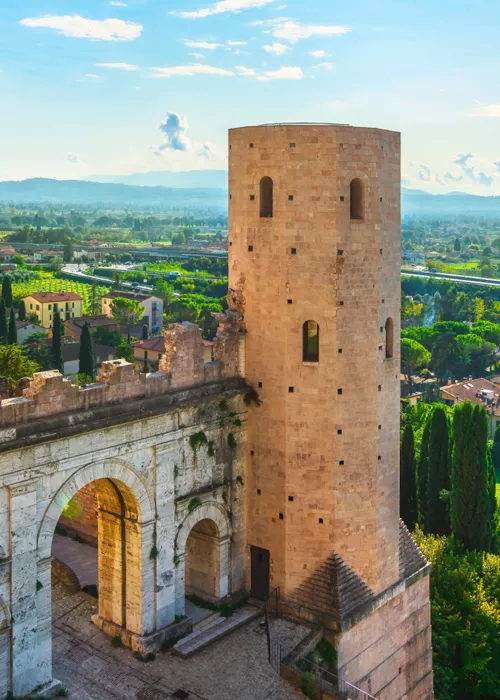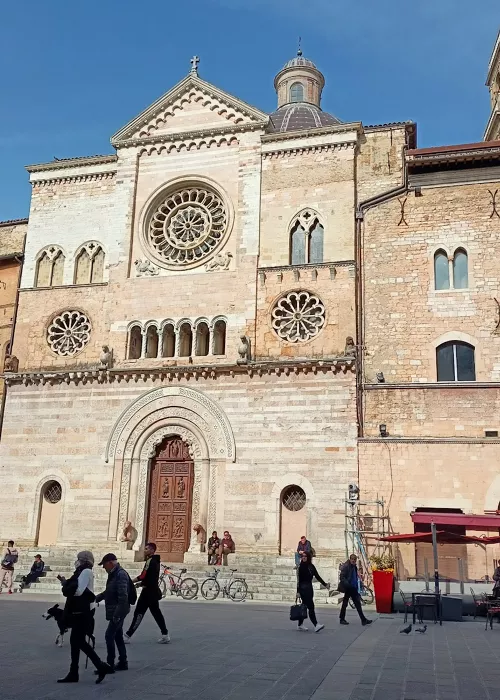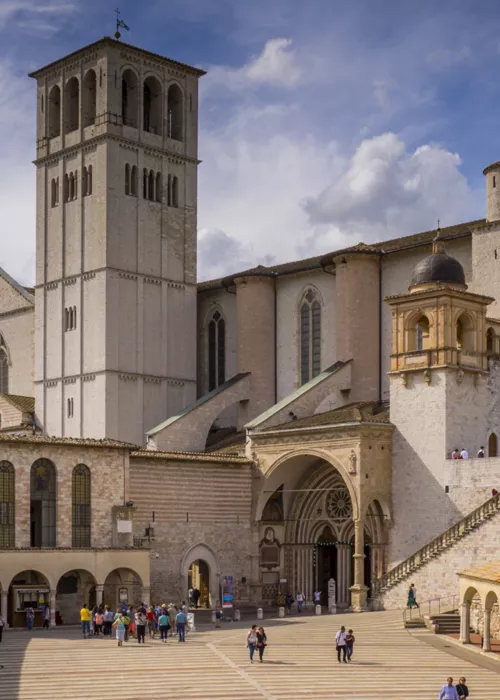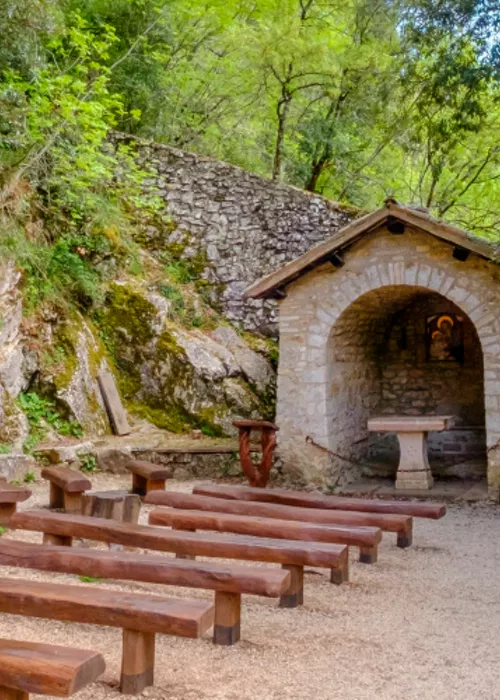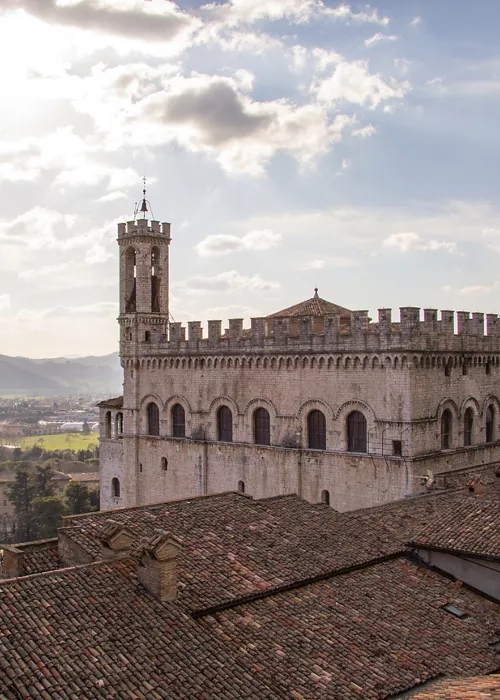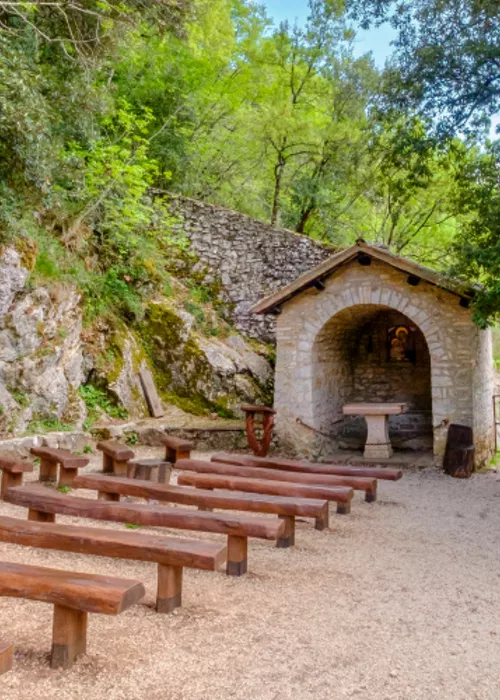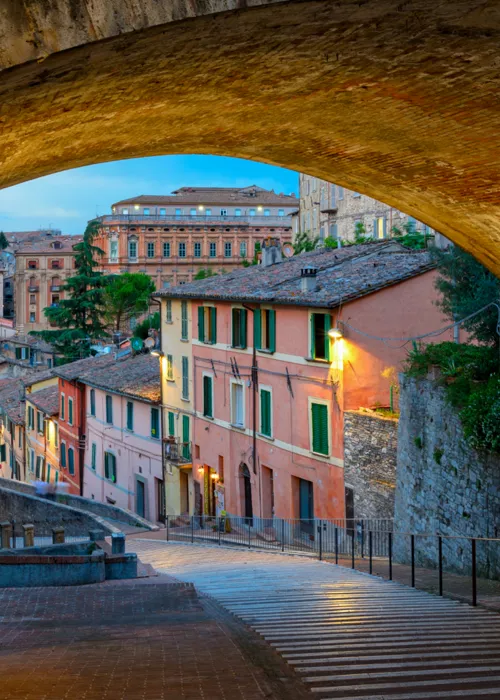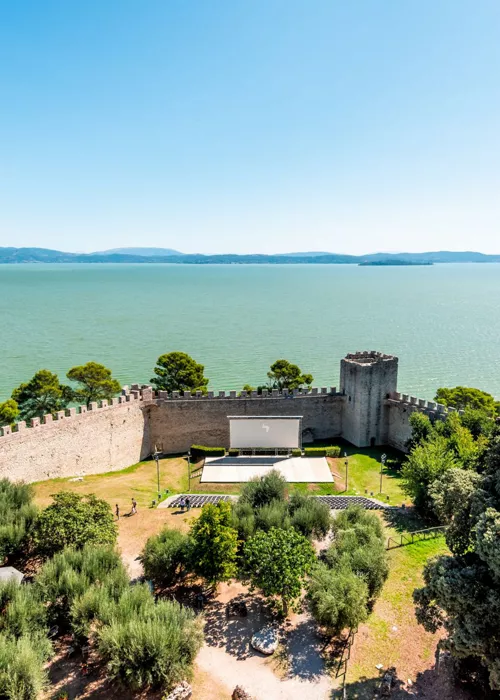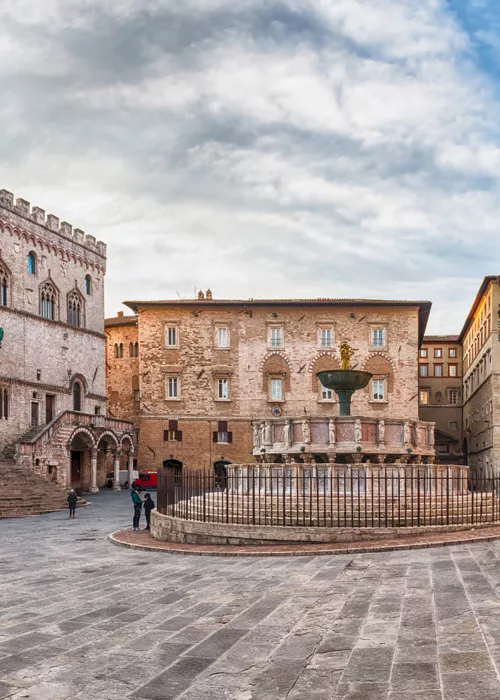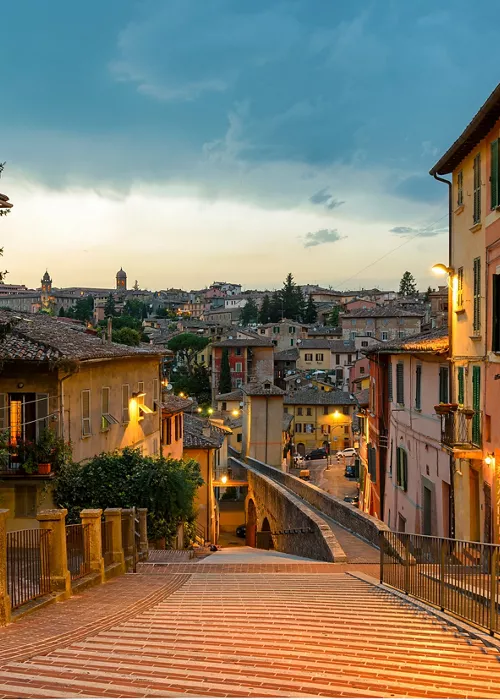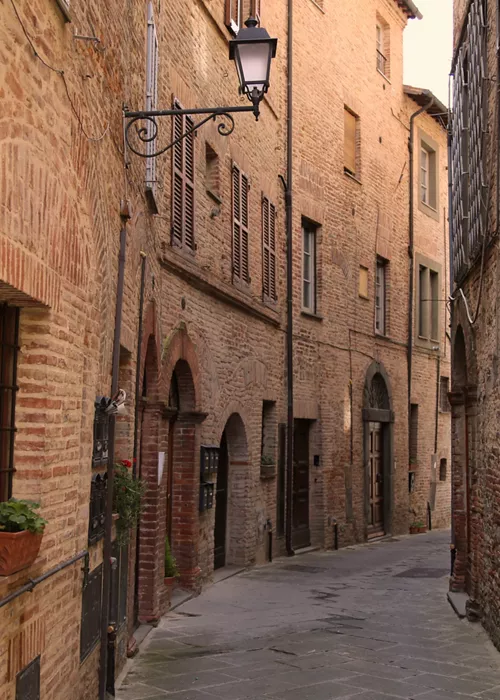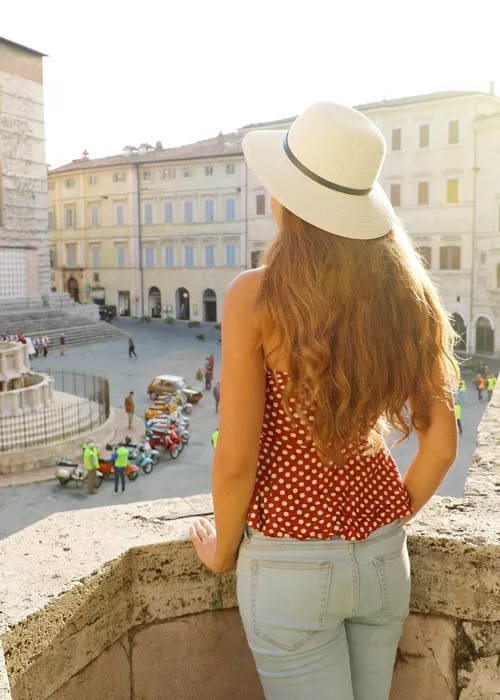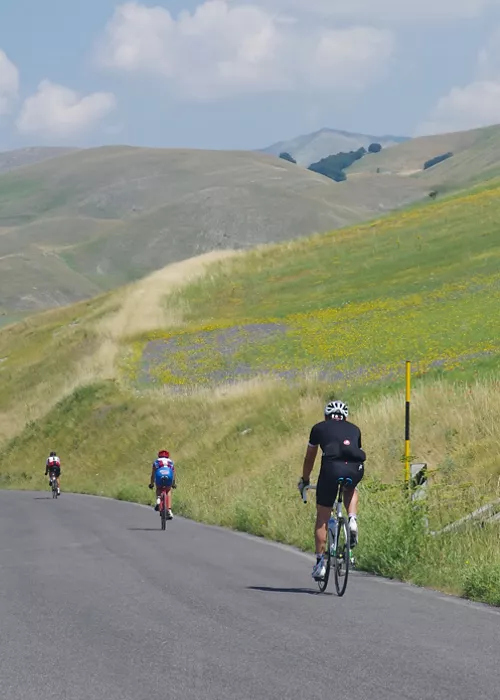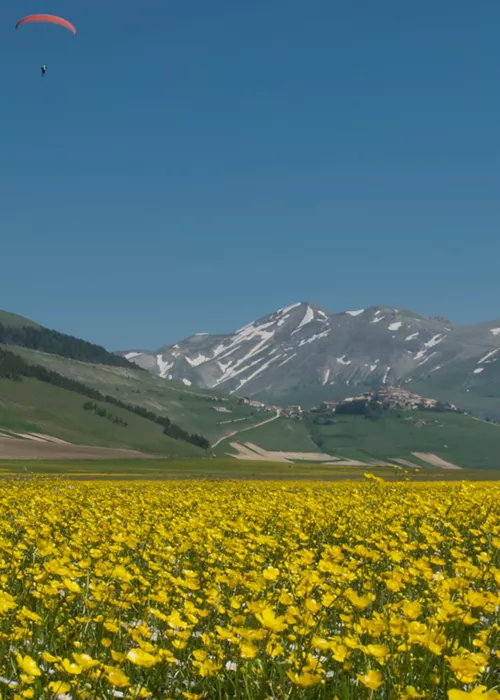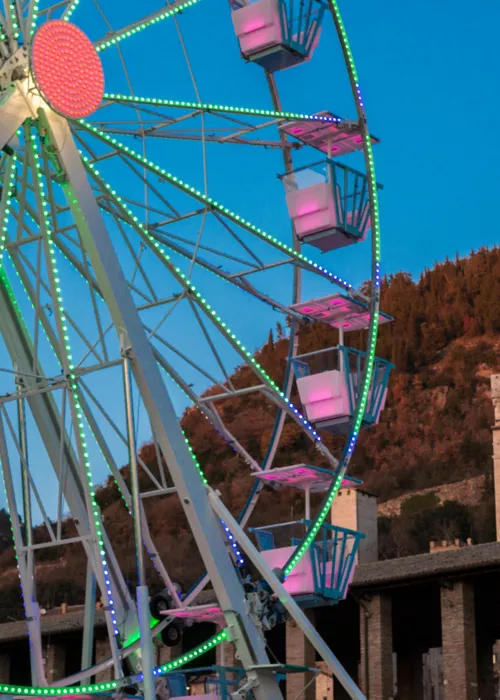Umbria: The Lauretani Ways
4 minutes
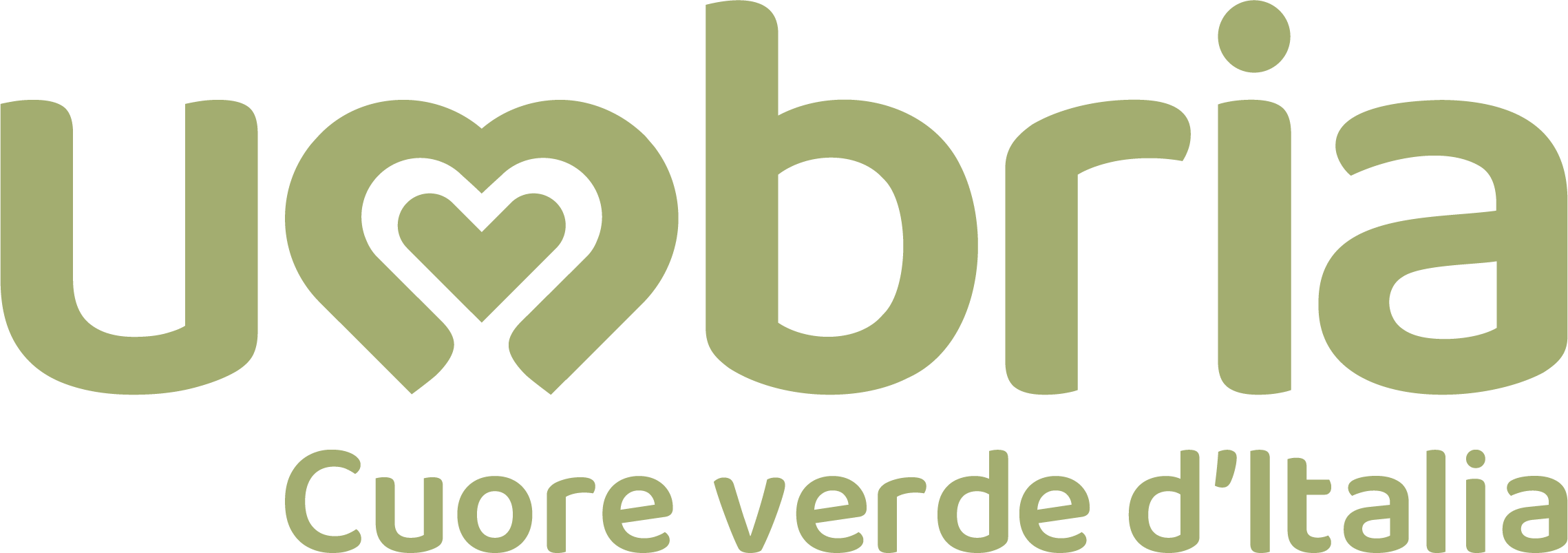
The Via Lauretana (Lauretani Ways) is the oldest Marian Way in the world, a 150-kilometre route connecting the art cities of Siena and Cortona to the Sanctuary of Loreto dedicated to the worship of Mary. Divided into seven stages starting in Tuscany and ending in the Marche region, the Via Lauretana (Lauretani Ways) crosses Umbria and passes through Assisi, Spello, Foligno and Colfiorito. The section from Cortona towards Assisi - inviting walkers to explore the lakeside landscape of Lake Trasimeno (the largest in central Italy, with its Isola Maggiore), the village of Magione and the city of Perugia, Umbria's beautiful regional capital - is also being prepared and will soon be viable.
Through places of Franciscan spirituality and Marian devotion, the Via Lauretana (Lauretani Ways) is a journey for both body and spirit, through the rugged and authentic beauty of central Italy.
A journey through history, architecture and art

The ancient Umbrian people, the Etruscans, the Romans, the Middle Ages and the era of the Italian city-states, the Renaissance and the Baroque period: in Umbria, every layer of history is still visible in the villages, palazzi, monuments and squares.
The Via Lauretana (Lauretani Ways) in Umbria is also a journey through history, exploring architectural and cultural treasures that have remained intact through the centuries.
In Assisi, the market square, now Piazza del Comune, symbolises a city that was a free city-state since the 12th century. The Temple of Minerva, of Roman origin, was made into a Christian church in the Middle Ages and later converted into the residence of the Podestà (mayor) and, partly, into a prison. The Palazzo del Capitano del Popolo and the Torre del Popolo also date back to the city-state era, as does the Palazzo dei Priori. The Rocca Maggiore fortress, which dominates and watches over the city, is more ancient, dating back to the Longobards. The uphill walk from the centre of Assisi to the Rocca is a little challenging, but the view makes it worthwhile. Back in the centre, you can plunge into the Renaissance at Palazzo Vallemani, housing the rich municipal gallery.
In Spello, you enter history through three main gates, the Porta Consolare, the Porta Venere with its Propezio Towers, and the Porta Urbica. These gates lead to an exquisite and unspoilt medieval quarter, graced by the flowers with which the inhabitants decorate its narrow streets. During the Corpus Christi celebrations, you can enjoy the lively and colourful spectacle of the Spello flower show, which attracts visitors from all over the world.
For history and art enthusiasts, the 16th-century Palazzo dei Canonici in Spello is well worth a visit. It is home to the Civic and Diocesan Art Gallery, housing paintings, sacred objects, works of goldsmithery, sculptures and frescoes. Also not to be missed is Spello’s Villa dei Mosaici, one of the most extraordinary discoveries of recent years. Indeed, in 2005, just outside the walls of Spello, a Roman monumental complex with a mosaic floor of about 500 metres was uncovered.
In Foligno, the Piazza della Repubblica and its Palazzo Trinci, with rich museums and frescoes, Palazzo Comunale and Palazzo del Podestà present the image of a noble and cultured city. Another noble palace is Palazzo Orfini, which houses the Museum of Printing. Don't miss the Calamita Cosmica, a work of contemporary art work by De Dominicis exhibited in the Church of the Santissima Trinità in Annunziata.
A journey through Umbria’s spiritual locations

Umbria is a land steeped in mysticism and spirituality, and there are many places of worship along the Via Lauretana (Lauretani Ways). In Assisi, city of peace and home of Saint Francis, there are many places dear to devotees, including the imposing Basilica of St. Clare, the Basilica of St. Francis and the Sacro Convento (Holy Monastery) with the Tomb of St. Francis, the Cathedral of San Rufino and, outside the city walls, the Basilica of Santa Maria degli Angeli in Porziuncola, housing the little church where Francis composed the Canticle of the Creatures, and the Eremo delle Carceri hermitage complex.
In Spello, the church of Santa Maria Maggiore houses a treasure: the Baglioni Chapel, paved with beautiful Deruta majolica and decorated with a cycle of frescoes by Pinturicchio, depicting the Annunciation, the Adoration of the Shepherds and the Dispute of Jesus with the Doctors, as well as two frescoes by Perugino. Also by Pinturicchio is the Madonna and Child Enthroned with Saints, in the Church of Sant'Andrea.
In Foligno, in addition to the Cathedral of San Feliciano, it is worth visiting the beautiful Sassovivo Abbey and the Hermitage of Santa Maria Giacobbe, just outside the city.
Walking through nature and Umbrian landscapes

The Via Lauretana (Lauretani Ways) in Umbria invites you to explore historical beauty spots, artistic treasures and places of worship, as well as unforgettable moments in touch with nature and the landscape. The journey begins in Assisi, in the woods of the Bosco di San Francesco, a small and highly-recommended deviation from the path.
Continuing along the Via Lauretana (Lauretani Ways) towards Spello, you then skirt Mount Subasio, through coppice woods and olive groves. Continuing towards Foligno, the Menotre Waterfalls in Pale, where the Hermitage of Santa Maria Giacobbe is also located, are a memorable natural spectacle.
Finally, the Colfiorito Park is a treasure trove of biodiversity, featuring wide plateaus and gentle undulations, alternating wetlands, forests, pastures and cultivated fields.
For more information, click here
